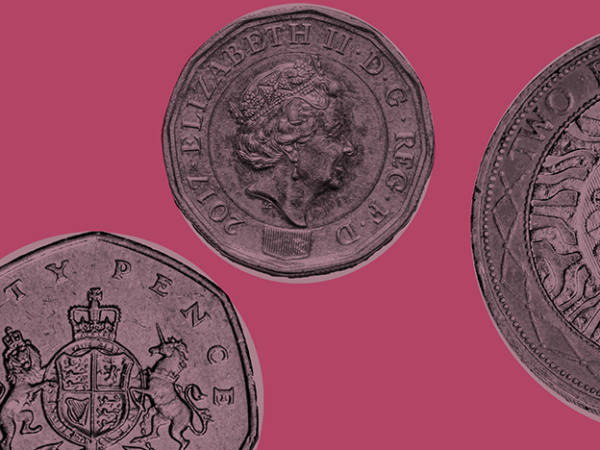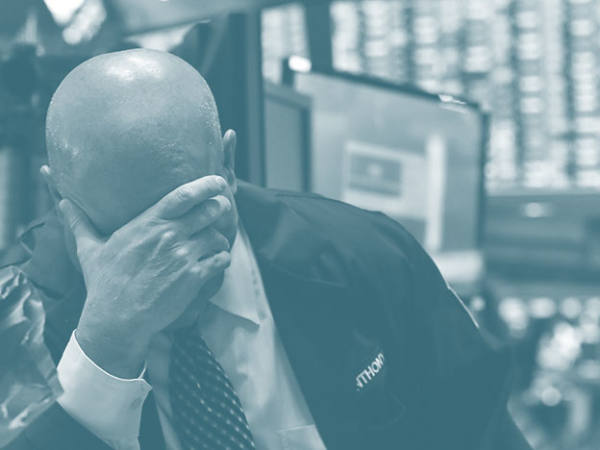That, however, was the problem. Burberry had franchised its camel, red, white and black tartan trademark worldwide and Burberry Check was becoming commonplace.
Ahrendts had to be enticed in. She negotiated an equivalent package to Bravo, said at the time to be £20m over the next five years, and set about buying back the franchise licences and controlling the brand. Bailey became far more than just a designer. As "chief creative", he was responsible for all its collections, product lines, internet and store design, and its top celebrity ad campaigns. Together, they pushed Burberry upmarket.
"Burberry is in brilliant shape," Ahrendts said when she resigned as chief executive in late 2013. "We've built the industry's most powerful management team, converted the business to a dynamic digital global retailer, created a world-class supply chain, state-of-the-art technology infrastructure, sensational brand momentum and one of the most closely connected creative cultures in the world today."
With Ahrendts going, Burberry's directors were faced with a dilemma. They couldn't afford to lose Bailey as well. Whether they could afford to keep him was another matter. Rivals, it seems, would have paid anything to get him on board.
Its solution was to bundle the two roles together - a brave decision because Bailey might be a brilliant creative but he's unproven as a chief executive. But what hit the headlines last May was not which role would be his day job (will the increased pressure stimulate or stifle his creativity?) but the size of his pay. Heavily influenced by what Ahrendts had earned, which had crept up and up, this was widely reported as £10.3m a year. In fact, that's his maximum, but it illustrates the upwards ratchet on chief executive pay. Bailey is now among the top paid FTSE 100 chief executives.
The board says Christopher Bailey's target pay is £6.1m - that's what they expect him to earn in 2014. He'll get £1.9m come what may (as salary, pension, other benefits plus an annual "allowance") and £4.2m for hitting his targets. If he and Burberry excel, he could earn another £4.2m.
So Bailey's annual pay can be anything between £1.9m and £10.3m. We won't know what he's actually earned until the next Burberry annual report, due in mid-2015.
The single figure
That's because companies now have to publish a single figure for the total remuneration paid to each of their executive directors over the past year. Forget pie-in-the-sky performance-based pay; this is what they actually get. The idea is that this will make pay clearer so that there's now a standard way of comparing how different companies pay their executives. The trouble is: it comes with pitfalls.
What this single figure summarises is fixed pay (Bailey's £1.9m) and backward-looking variable pay. That's bonuses paid in cash or shares for past performance (Bailey's bonus could be up to £2.2m). Even if this pay is held back (deferred), it will be included as long as there are no further performance conditions.
What's not included in the single figure are forward-facing awards - those that depend on future performance. Burberry's executive share plan carries performance conditions measured over the next three years - and most of Bailey's pay (£6.2m) rides on these. But these awards won't be included next year; they'll qualify only when the performance tests have been done in 2017. Instead, what will be included will be any awards maturing that were awarded to him over the past few years in his previous solo role as chief creative.
There is a logic to this. Awards arising from past performance have been earned; awards dependent on future performance haven't yet been. And might never be.
But this misleads the unwary - it's easy to assume that this single figure tells us about recent executive pay awards. It doesn't. And because awards for future performance won't be included for some time, chances are that new recruits will appear to earn less than their predecessors.
A world of his own
That, though, won't apply to Christopher Bailey. Not only have some of his past share awards recently matured, but when he became chief executive last May, he was also slipped a one-off performance-based award of 500,000 shares. If the only condition is that he mustn't resign (which seems to be the case), this award should be included in the next single figure of his pay.*
This award was worth £7.3m last May and has gone up in value since. It was a golden handcuff, made in the hope that this would make him too expensive to be headhunted. But if he flunks as chief executive, it might also become a reward for failure and was one reason why shareholders voted against Burberry's remuneration report at the last AGM. This was one of those advisory votes, so the award can be made anyway.
And just for extra spice, Bailey must own half a million Burberry shares too. Fail and he'll share the financial pain with shareholders; succeed and he'll share their gains. Such losses or gains, though, won't be included in the single figure, even though you could argue that compulsory ownership is an element of pay and so should be.
Timing matters
The timing difference between a performance-based award and the date that it's actually received has other implications. The public wants companies to clamp down on top pay. Suppose remuneration committees do. The way executive pay is structured means that what they control most, and what shareholders mostly vote on, is future performance pay.
But this won't be reflected in the single figure until a few years later on. Meanwhile, pay could carry on rising because past awards are meeting performance conditions set a few years ago, giving the impression that new pay awards aren't being held in check even though they are.
There's a double whammy, too. Performance targets are designed to deliver company strategy, so there should be a correlation between targets being exceeded, companies beating market expectations and share prices going up. Greater success triggers both a higher proportion of executives' awards vesting and a higher value because the shares are worth more too.
This gearing leads to headlines such as "Workers' fury as top bosses' pay soars by 21 per cent". But if workers' pay is not geared the same way (and it's not), a widening pay gap is bound to follow increased successes among companies. Try the opposite: "Workers delight as pay evens out and companies fail."
How much is too much?
Burberry's big in Asia. The majority of its sales are outside the UK. Luxury brands and intellectual property are a significant part of the British economy, so when companies like Burberry perform well, they help create more wealth for the UK. (How that wealth is distributed, of course, is another matter.)
It's worth bearing this in mind because, over the past five years, against a backcloth of recovering economies, Burberry's shares have more than doubled in value. The rising share price also boosted its chief executive's pay. Look backwards to see what was actually paid and the single figure tells us that between 2009 and 2014 Angela Ahrendts ended up earning not that original £20m estimate, but a staggering £51m.
It doesn't tell us about the rest of her pay, the part so far unpaid because it was dependent on future performance. She forfeited this when she resigned. She's gone to Apple, and she must have walked away from over £20m of Burberry share awards, because US filings suggest Apple forked out $37m in stock to compensate her. And for good measure they threw in $33m more in Apple stock, only 40 per cent of which is linked to performance.
People are prepared to pay dearly for a brand - a Burberry trenchcoat, for example, will set you back £1,250. Clearly, its top executives don't come at bargain basement prices either.











